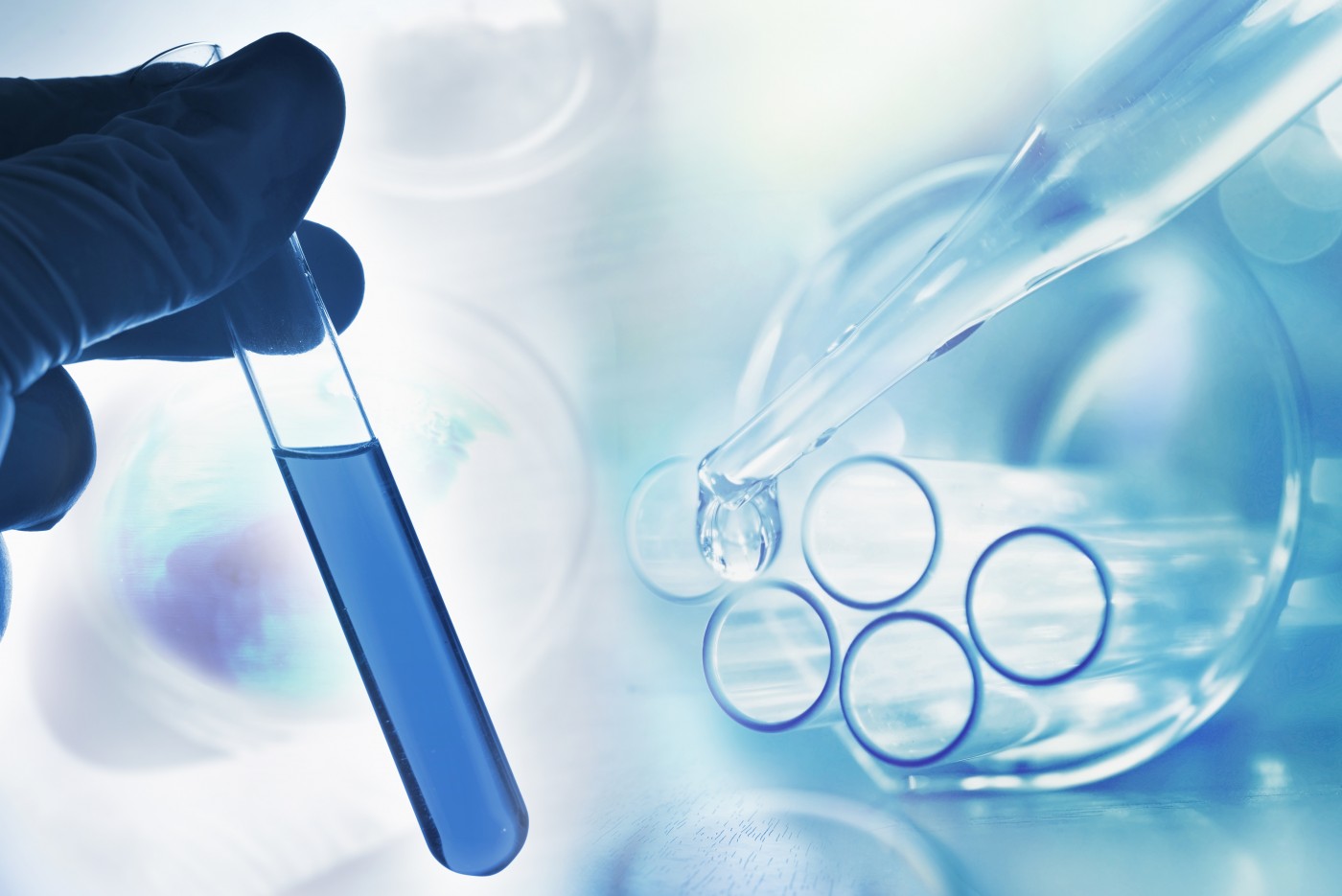Study Links Severity of Sjogren’s Syndrome to IL-17 Protein Levels
Written by |

Patients with primary Sjogren’s syndrome (pSS) have high levels of an inflammatory protein known as interleukin-17 (IL-17), Chinese researchers report.
IL-17 levels also correlate with the severity of the disease, suggesting that scientists could develop a treatment around the molecule, also called a cytokine.
The study, “Expression of Interleukin-17 in Primary Sjögren’s Syndrome and the Correlation with Disease Severity: A Systematic Review and Meta-Analysis,” appeared in the Scandinavian Journal of Immunology.
Sjogren’s is an immune system disease whose hallmarks are dry eyes and mouth. Those with the disease produce autoantibodies, or antibodies that attack the body’s own tissue and organs.
The cancer non-Hodgkin’s lymphoma (NHL) is the most severe complication of pSS. Research has shown that in pSS patients, the risk of developing it is seven to 19 times higher than in the general population.
Despite significant focus on genetic factors and mechanisms, the cause of Sjogren’s syndrome remains poorly understood. Studies have shown that both the innate and adaptive immune systems contribute to it. The innate system protects against general threats to the body, while the adaptive system guards against more specific threats.
In SS patients, an adaptive immune response can lead to abnormal immune B- and T-cells in the saliva glands and other organs. Inflammatory cytokines produced by immune cells and autoantibodies contribute to the disease’s development.
One of the cytokines is IL-17, which is produced by a type of T-cell known as Th17.
Abnormal IL17 levels are involved in other autoimmune diseases, such as rheumatoid arthritis, psoriasis, and lupus. IL17 can trigger a disease by prompting inflammatory cells to target tissue, by promoting B- and T-cell survival, and by activating other cytokines.
High levels of IL17 have been found in the blood and salivary glands of pSS patients, suggesting it plays a role in the disease. This is supported by studies showing that mice with genetically deleted IL17 are resistant to SS. Eliminating Th17 cells quickly triggered SS in the mice.
Despite the increasing evidence, “no comprehensive and systematic study has summarized the alterations of IL-17 expression in pSS patients,” the researchers wrote.
To try to learn more about the link between IL17 and pSS, they reviewed previous studies of IL17 in the blood, saliva, tears and salivary glands of pSS patients and its impact on the severity of their disease. Then they did a combined statistical analysis of 45 studies.
They discovered that levels of IL17 were greater in pSS patients than in controls, particularly in those receiving immunosuppressants or those with rheumatoid-related factors. These factors are proteins produced by the immune system that correlate with autoimmune diseases. The differences were most evident in tears and salivary glands.
The higher levels of IL17 in patients taking immunosuppressants indicated “a possible effect of immunosuppressants on alleviating inflammation,” the researchers wrote.
Another finding was that IL17 levels appeared to correlate with the eye symptoms seen in pSS patients. “These results reveal a possible correlation between IL-17 and dry eye symptoms in pSS patients. However, considering the small number of studies involved, additional studies are still needed to confirm the results,” the scientists wrote.
Overall, the study indicated that “IL-17 level correlates with the disease severity of pSS,” they wrote.
“These findings demonstrate the significance of IL-17 overexpression in pSS patients, and may provide insights for the development of therapeutic interventions targeting IL-17 for pSS,” they added.
Given that high levels of IL17 are seen in different types of lymphoma, the team also hypothesized that IL-17 could help doctors predict lymphoma outcomes in pSS patients.





